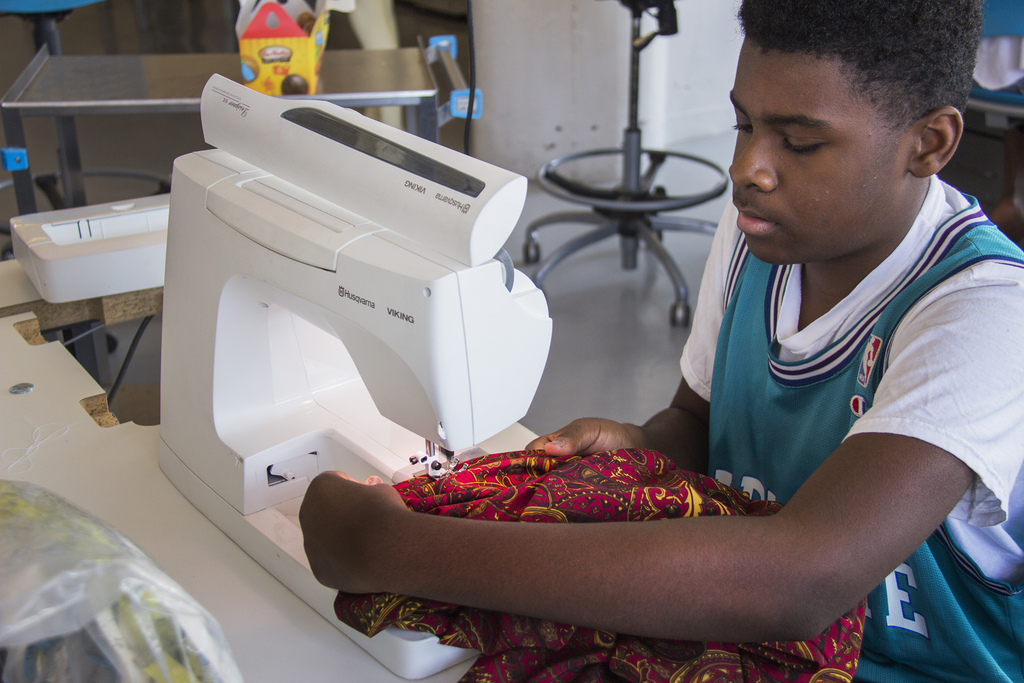Sign up for my FREE parent tips email and get my FREE Ebook on college financing! Or subscribe to my blog on the left and get email updates.
Wednesday’s child may be full of woe but Wednesday’s Parent can substitute action for anxiety. Each Wednesday Wendy and I will provide parent tips to get and keep your student on the college track. It’s never too late or too early to start!
Wednesday’s Parent will give twice the info and double the blog posts on critical parenting issues by clicking on the link at the end of the article from pocsmom.com to parentingforcollege and vice versa.
_________________
8 Tips for building self-esteem
 In psychology, the term self-esteem is used to describe a person’s overall sense of self-worth or personal value. Self-esteem can involve a variety of beliefs about the self, such as the appraisal of one’s own appearance, beliefs, emotions and behaviors.
In psychology, the term self-esteem is used to describe a person’s overall sense of self-worth or personal value. Self-esteem can involve a variety of beliefs about the self, such as the appraisal of one’s own appearance, beliefs, emotions and behaviors.
In high esteem families positive ramifications occur. The better family members feel about themselves, the better they treat each other, the better they get treated in return, the better off everyone tends to become. In high esteem families, relationships can become mutually affirming. Members seem more inclined to bring out the best in each other, not the worst.
Teens with high self-esteem tend to be more confident and successful in their pursuit of excellence. But how do you build self-esteem in your children?
1. Start at an early age
If you begin early to build your child’s self-esteem, they will be equipped to face rejection from others and peer pressure during the teen years. A child with low self-esteem will struggle with feelings of insecurity and often depression when faced with these teenage roadblocks.
2. Praise and encourage generously
Too often we focus on what our kids haven’t done or haven’t done right. Tune in to the positive things your teen has accomplished and offer specific praise. When praising, include compliments for their efforts as well. If you heap it on too thick, many teens will feel you’re paying them lip service and you’ll defeat the whole purpose of pumping them up. Be generous, but don’t lay it on for every single good thing they do.
3. Set boundaries and teach consequences
Clear rules communicate the value that you have for your child, and when your children know they are valued, this is the first building block of self-esteem. All children need boundaries, especially teenagers. Establish firm rules and expectations that fit your family’s lifestyle and values. For example, if you expect your child to do specific household chores, explain clearly to him why this is important. Make it understood that you expect this to be done regularly and outline consequences that will follow if it isn’t.
4. Give constructive criticism when necessary
No one likes to be told they didn’t do something right, particularly if it is done in anger. Choose how you criticize your impressionable teen wisely. If your son fails his algebra test, don’t say something sarcastic like “Well, if you had studied for this test instead of playing video games, this never would’ve happened.” Instead, use a concerned tone and say, “It looks like you had some trouble with that math test. Let’s set up a time to study this week before the next test?” And never criticize in front of their peers.
5. Leave communication lines open
Teenagers like to be self-sufficient and want us to believe that they have everything under control—but that doesn’t mean that as parents we needn’t keep the lines of communication open and flowing. Find easy ways of communicating with your teen such as: on the drive to school, when they are getting dressed in the mornings, and during family dinners.
One parent started a communication tool called the “Love Mom” journals for each of her kids when they started middle school. Each of her older children has a notebook that they keep in their bedrooms. This is a “safe place” for them to mention anything that might be on their mind. They have expressed simple things such as what kind of sneakers they would like to get to something more personal such as being embarrassed that they have dandruff. They go back and forth exchanging quick comments in the book and it truly only takes a few minutes each week.
6. Give them opportunities to make their own decisions
Nothing builds self-esteem more than letting them make their own decisions. Allow your teens, especially to participate in family decisions. Encourage them to make decisions about their friends, their classes, and finally the college they want to attend. The more decisions they make, the more confident they become in themselves and their ability to live as an independent adult.
7. Don’t depend on “things” to raise their self esteem
We’ve all known parents who give their children everything they ask for in an effort to fit in with their peers. But is this the best way to build your teen’s self esteem?
Psychology Today brings up an interesting point:
If you want to teach your child to be a superficial being that is completely dependent on others (peers, marketers, even parents) to tell them they have self-worth, then go for it. Buy them every latest hot new fashion you can find. Dress them up like their favorite rock star, and spend a small fortune on padding their fragile self-esteem. But have no illusion this is good for your child. It may make us parents feel more secure, like we’re protecting our children from name calling, but it won’t help our kids grow up to feel good about themselves inside.
8. Encourage their individual talents
Most of us have dreams for our kids even before they are born, but just because you took a specific path in life, it doesn’t mean your child will want to follow you. If your teen has an obvious interest or talent, despite the fact that it isn’t something you would choose or do, learn more about why she is passionate about it and encourage her to pursue that interest. If your child knows you support her, she is apt to be much more successful and will feel confident and more secure in her decisions.
 If you’re the parent of a college-bound teen, you should know that every school is a party school. Helping your student understand how the social drinking scene works and how to avoid getting sucked in to this destructive behavior is something every parent should consider.
If you’re the parent of a college-bound teen, you should know that every school is a party school. Helping your student understand how the social drinking scene works and how to avoid getting sucked in to this destructive behavior is something every parent should consider.








 When deciding which pieces to include, look at your work as a group: What can each contribute to the portfolio? What does each communicate to the reviewer? Does the piece showcase a skill-set? Order also is important. The first piece in the portfolio should make a strong statement and set the tone for the rest of the presentation. The following pieces should show ability, with the most expressive works placed in the middle.
When deciding which pieces to include, look at your work as a group: What can each contribute to the portfolio? What does each communicate to the reviewer? Does the piece showcase a skill-set? Order also is important. The first piece in the portfolio should make a strong statement and set the tone for the rest of the presentation. The following pieces should show ability, with the most expressive works placed in the middle.
